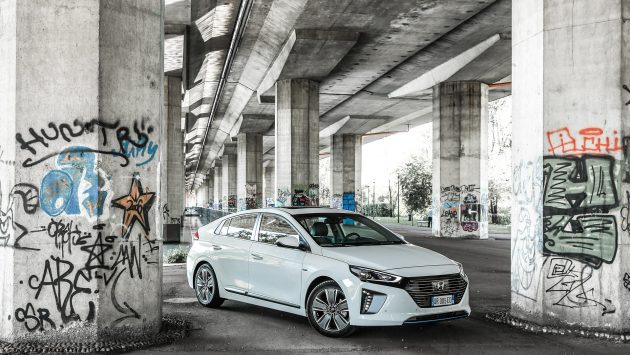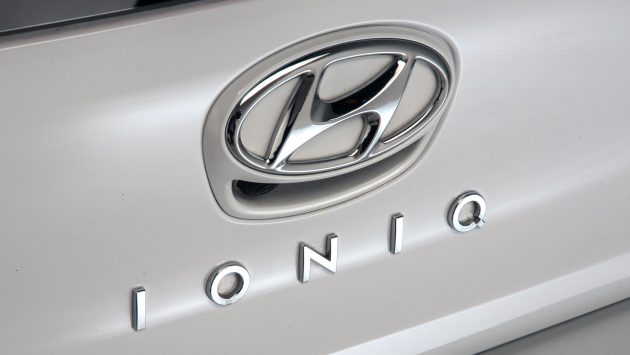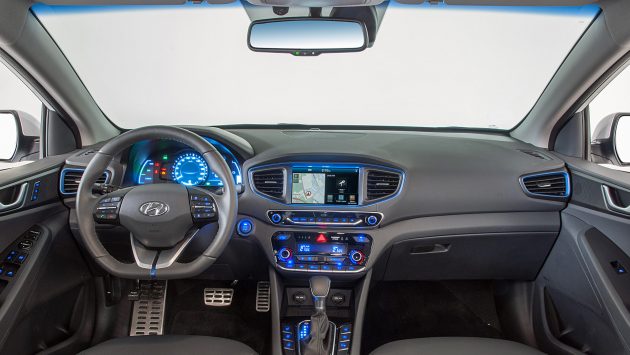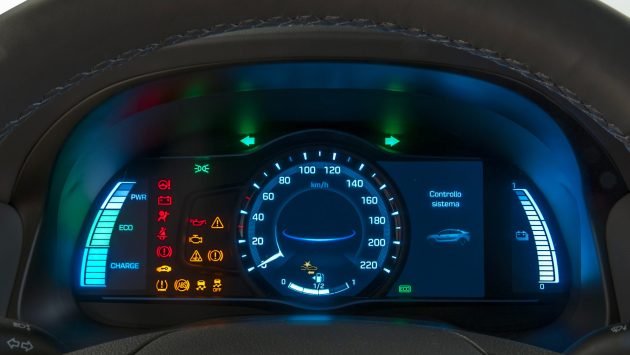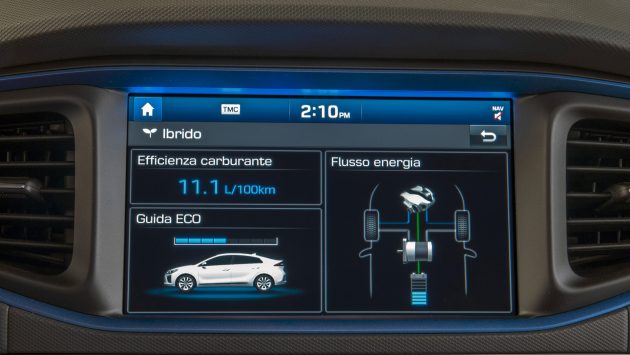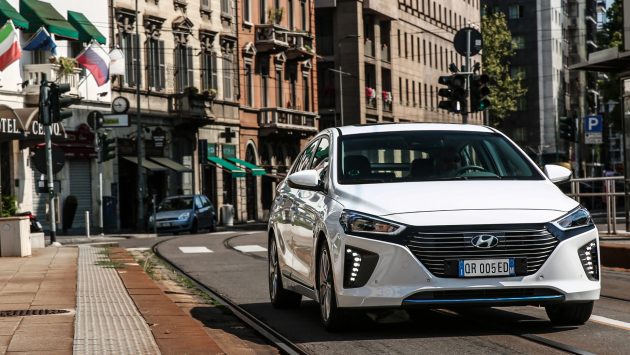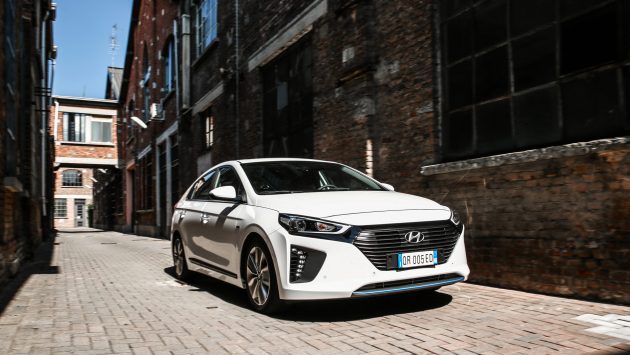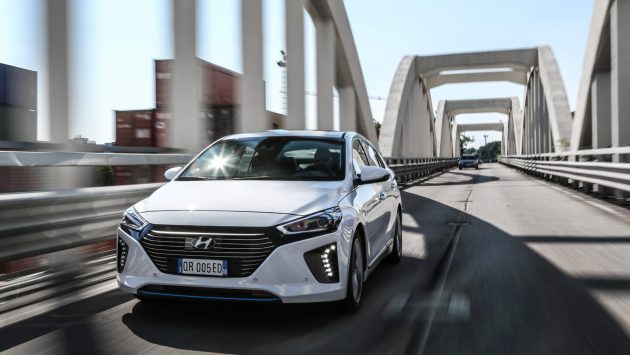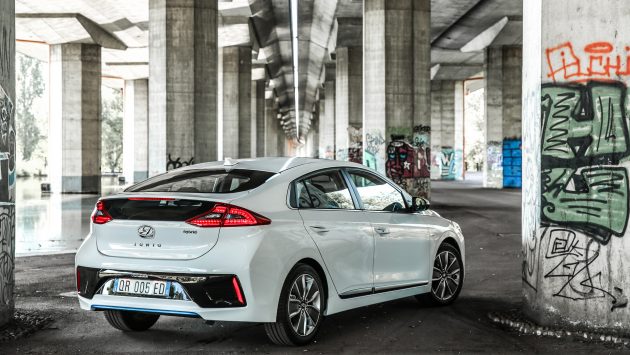advertorial
Thinking in movement
The new Hyundai Ionique range sets new standards for hybrid and electric cars, demonstrating once more how the boundaries of design thinking can be extended.
The new Hyundai Ionique range sets new standards for hybrid and electric cars, demonstrating once more how the boundaries of design thinking can be extended.
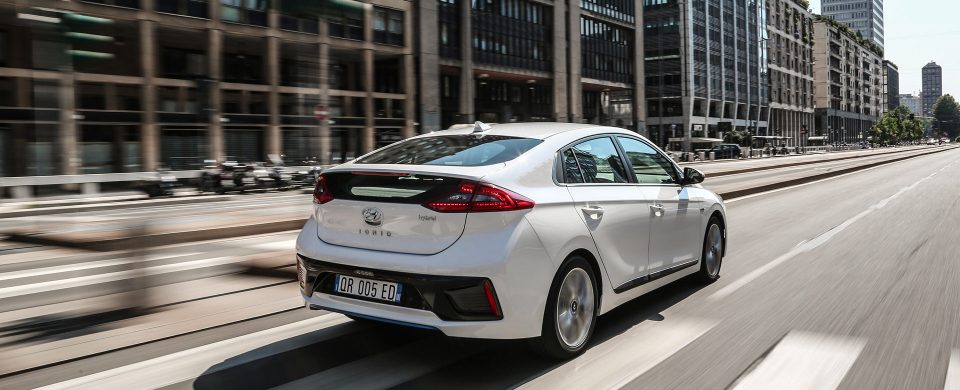
What is ‘design’? While once the answer – whatever it was – could not have avoided the word form, today design has acquired various extensions that have much more to do with attributes, performance, practices, shared languages. The vision of design adopted with “design thinking” an approach that sees design first and foremost as a way of thinking that is applied to things (those endowed with a form) but also to the processes that are inextricably linked to things.
The approach to creating automobiles taken by leading Korean brand Hyundai is ‘design’ in the fullest sense of the word and is represented perfectly by its brand campaign “new thinking new possibilities”. New thinking and new possibilities are thus offered by the new IONIQ range, the first car in the world to offer a choice between hybrid power, electric and plugin on the same model – three engines with zero and low emissions that make it the only one of its kind on the market.
The vehicle has been conceived for what Jochen Sengpiehl, deputy marketing director for Hyundai Europa, calls Generation Ioniq – a “smart” public that cares about environmental problems but is also attentive to designer and high tech products. Of the three versions, already available are the hybrid and pure electric – the hybrid plug-in will arrive in spring.
The Ioniq has a well-defined identity, the result not only of a less extreme design with respect to competitors such as the Toyota Prius but also the technical solutions adopted in which sustainability is combined with pleasure of use and aesthetics with functionality. The body of the car is similar to that of a compact sedan but conjures up a coupé-like elegance. Characterised by its wedge-shaped profile and clean and simple shape, the result of careful research into aerodynamic efficiency, implemented by solutions such as active air intakes that have enabled it to reach an aerodynamic coefficient at the top of its segment Cx = 0.24.
It also offers notable performance in terms of fuel consumption: the hybrid version, for example, on a high road can do 21.2 km/l. A value achieved also thanks to the structural lightness: the choice of aluminium instead of steel for the tailgate and bonnet significantly reduce the weight without however compromising the solidity and safety of the vehicle, that is made mainly from AHSS (Advanced High Strength Steel).
The sustainability of the design is revealed also in the spacious interiors made using eco-friendly recycled materials not derived from petroleum (for example extracts of sugar cane and soya oil). The inside of the doors are covered in recycled plastic combined with pulverised wood and volcanic stone that improves sound-absorbent qualities and reduces the overall weight considerably. In addition to the carefully-chosen materials, particular care has been given to the quality of the air inside the car and the dynamics of future recycling of the vehicle. The design thinking that accompanies Ioniq begins and ends both before and after the life of the objects.



